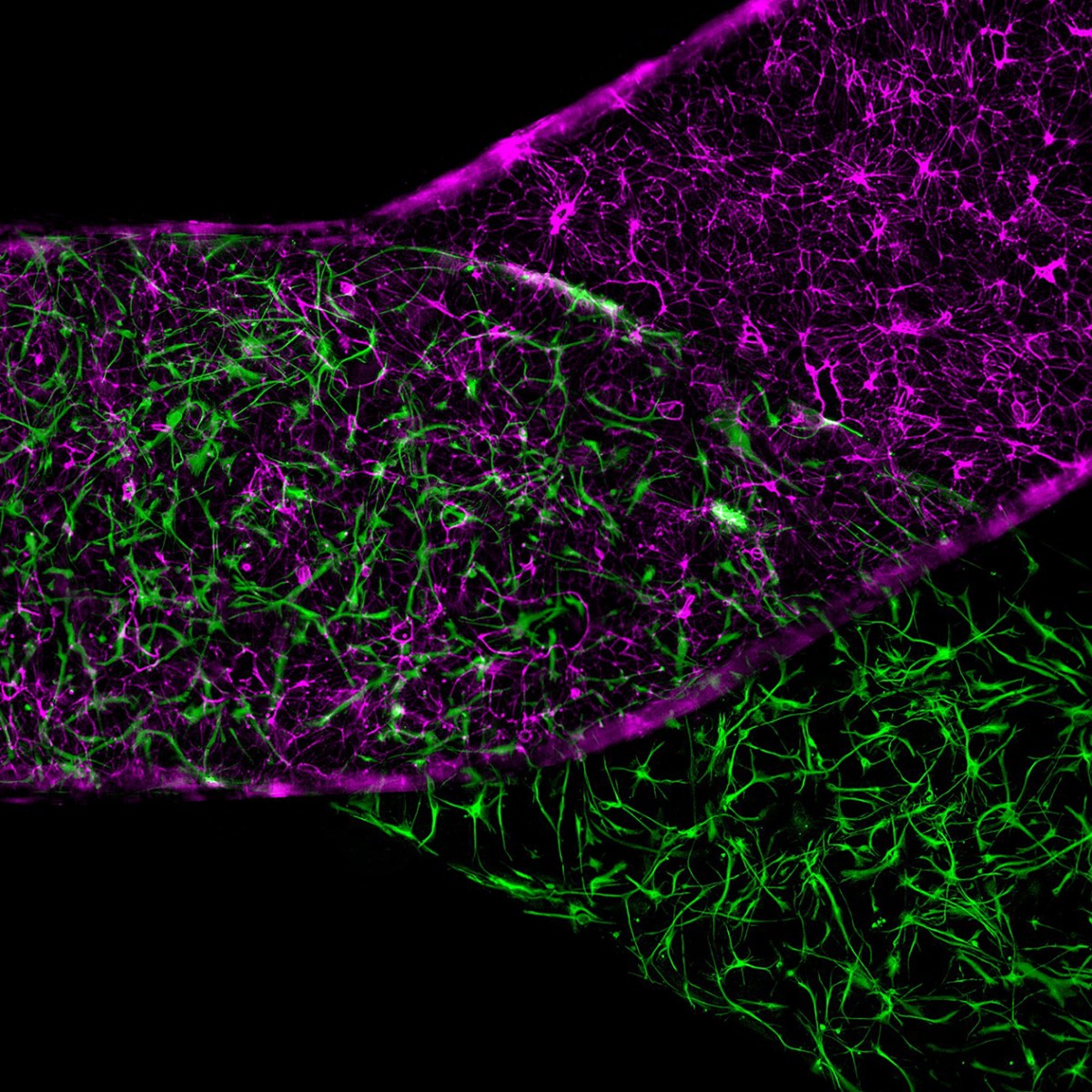The Science Times: Scientists Can Now Recreate Blood-Brain Barrier Defect Outside the Body
The Science Times recently featured a research study published by a team of Cedars-Sinai scientists, led by Clive Svendsen, PhD, director of the Cedars-Sinai Board of Governors Regenerative Medicine Institute.
The study, published in the journal Cell Stem Cell, details how the Cedars-Sinai research team recreated a critical brain component, the blood-brain barrier, that functioned as it would in the individual who provided the cells to make it. This achievement provides a new way to make discoveries about brain disorders and, potentially, predict which drugs will work best for an individual patient.
“Findings of the study open a promising pathway for precision medicine,” Svendsen told The Science Times. “The possibility of using a patient-specific multicellular model of a blood-brain barrier on a chip represents a new standard for developing predictive, personalized medicine.”
The team's recreation of the blood-brain barrier is so important that Francis Collins, MD, PhD, director of the National Institutes of Health, wrote about it on his blog.
Some of the neurological disorders including amyotrophic lateral sclerosis (Lou Gehrig's disease), Parkinson's disease, and Huntington's disease, which collectively affect millions of people, have been connected to defective blood-brain barriers that keep out biomolecules needed for healthy brain activity. While the blood-brain barrier blocks toxins and other foreign substances in the bloodstream from entering brain tissue and damaging it, the barrier also can prevent potential therapeutic drugs from reaching the brain.
Even though scientists have created blood-brain barriers outside the body before, this study further advanced the science by using induced pluripotent stem cells to generate a functioning blood-brain barrier inside an Organ-Chip that displayed a characteristic defect of the individual patient's disease.
Click here to read The Science Times story. Click here to read the NIH Director's Blog.
Read more on the Cedars-Sinai Blog: New Organ-Chip Can Re-Create the Cells of Your Intestines




